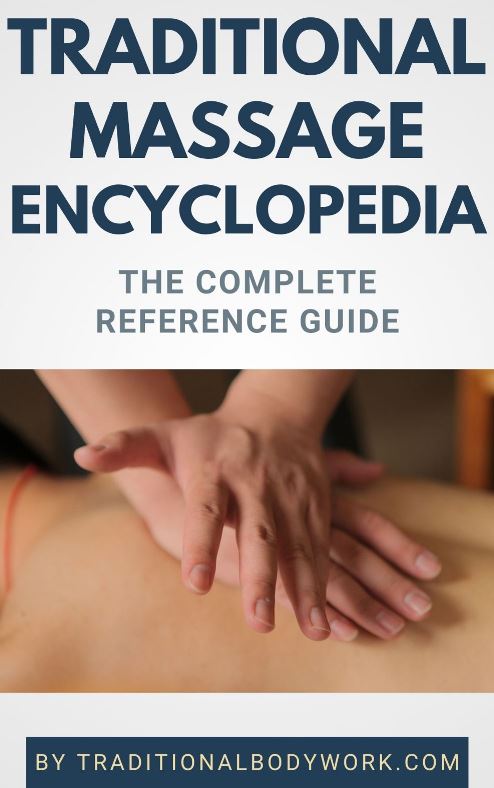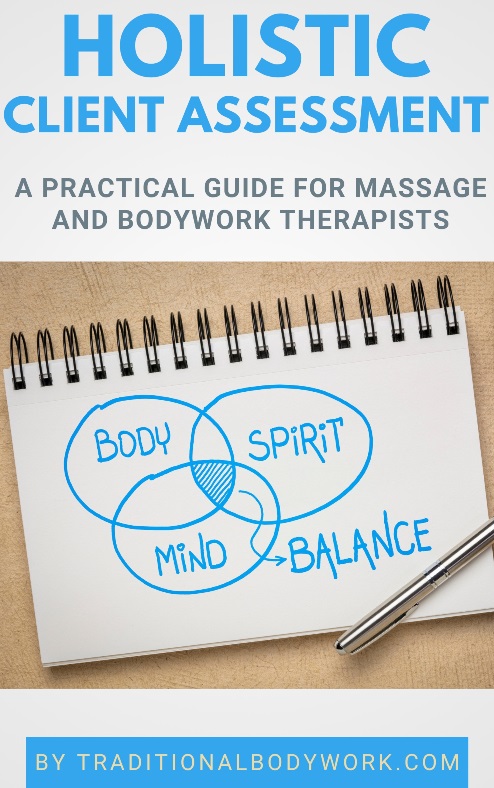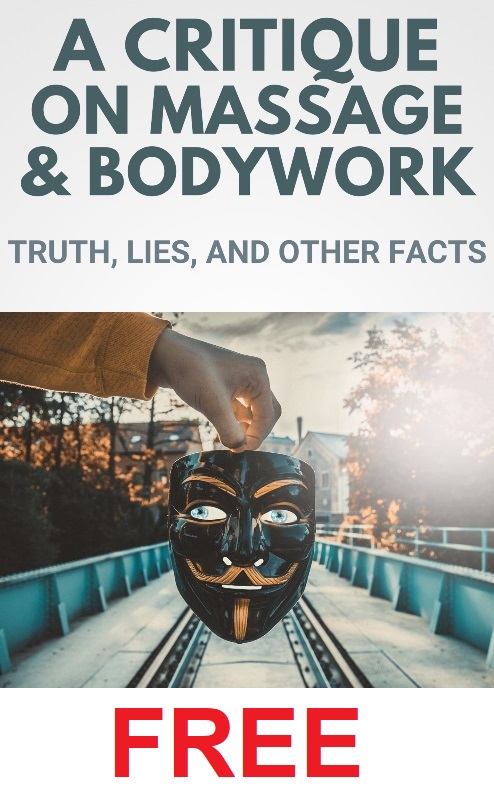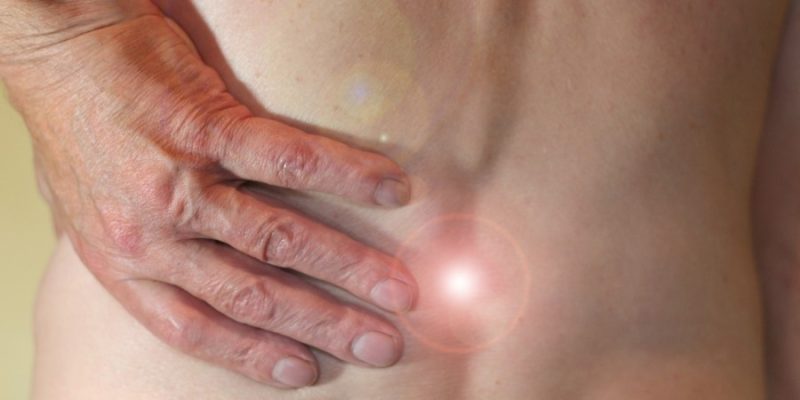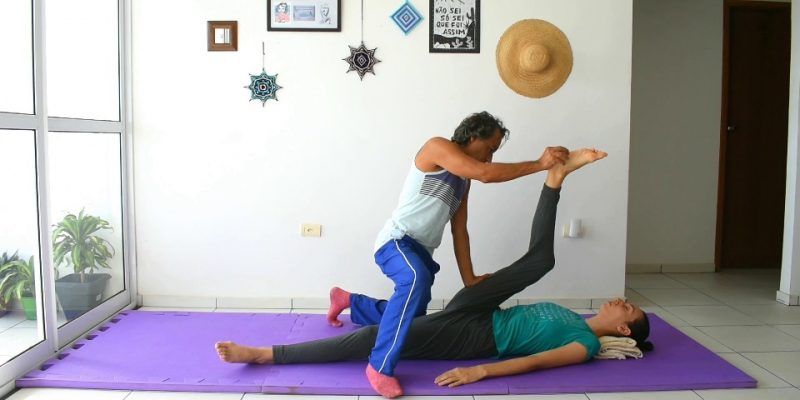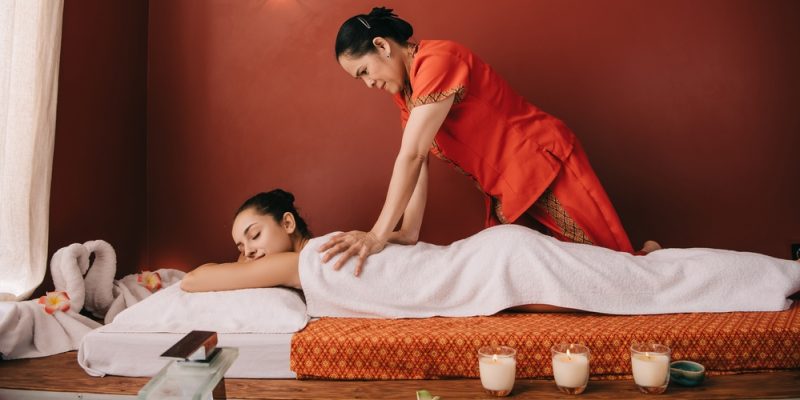
One of the common remedies proposed for low back pain — which can have many causes — is to strengthen our so-called core muscles, which are typically the lower back, abdominal, and pelvic muscle groups, but also, for instance, the front thigh muscles (Quadriceps).
The idea is that strong core muscles support the spinal column and the vertebrae, keeping it/them where it/they should be, and as such preventing injuries and/or pains. There’s certainly something to this practice, notably for people who have weak core muscles, which is usually due to a sedentary lifestyle, that is, a private and professional lifestyle without much body movement and muscle engagement.

Nevertheless, stronger muscles can also lead to shortened muscles, especially when muscle exercise and strengthening go without proper stretching those muscles. The thing is that our muscles also need to be flexible, long, and lean to prevent them of causing extra strains or dysfunctional “pulls” to internal organs, other muscles, and/or bone structures, for instance.
Indeed, when somebody already suffers from lower back pains, strengthening core muscles can be an excellent compensation in order to prevent too much movement of the spine and vertebrae (and the subsequent painful pressure on exiting nerves). Yet, it can also mean that somebody becomes more rigid, more robotic in their movement patterns because of tensed, shortened musculature.
For instance, it means that this or that person may not be able to bend over normally or turn their torso or neck properly without inflicting even more pain to the low back. Certainly, when this person keeps a rigid, static movement pattern the pains are gone (or bearable). Mind, however, that an unexpected movement of the body (for instance, to avoid falling or by suddenly turning and reaching out to catch something) may inflict even greater injury or pains to the lower back due to a greater, excessive pull (or push) of the core muscles on the spine and vertebrae.

Moreover, tight and shortened muscles can become a cause of lower back pain by themselves. For instance, a substantial number of cases of low back pain is caused by overly tight hamstrings (the back thigh muscles) that pull the pelvic region down and press the vertebrae on top of each other, and subsequently squeeze or irritate a bunch of exiting nerves. Sciatic nerve pain (Sciatica) may be one of the symptoms, which is experienced as a mild, sharp or burning pain that can extend from the low back to the buttock and to the back of a thigh and even the calf.
In fact, overly tensed, shortened and rigid musculature can keep your body posture in a way that avoids (low back) pains, but apart from the risk of excessive pulls that cause new or extra pains and injuries, they also inhibit a good blood and lymph circulation, proper nerve function, and appropriate range of motion. Over time, this will usually cause other health conditions, such as improper or insufficient nutrition and/or drainage of bodily tissues with all the nasty consequences of such.
Muscular compensation is normal and okay, it’s part of how our bodies and nature works, but keep in mind that compensation patterns also need to be compensated. To make a long story short: stronger core muscles can avoid spinal and nerve pains, but to avoid making them a new source of pain they also need to be long and flexible; regular massage therapy, bodywork, and stretching exercises can do that job.
Receive occasional news about our new eBook and Video Workshop publications.

